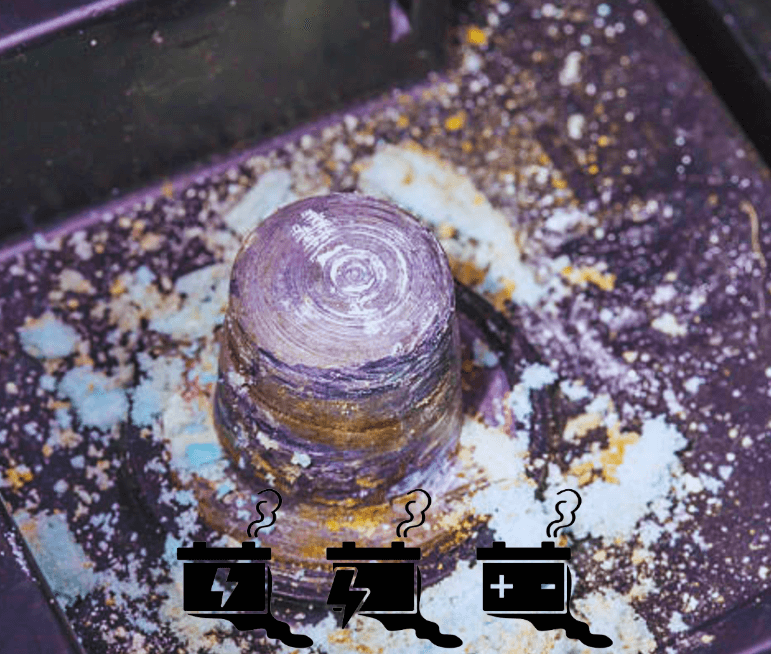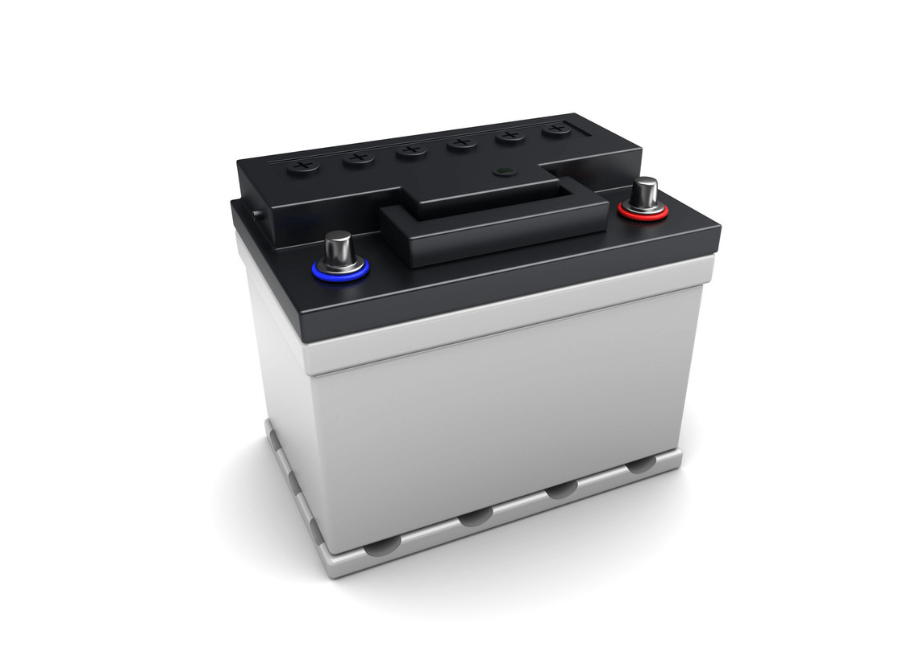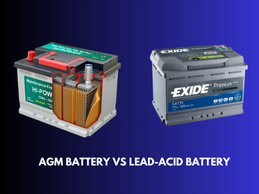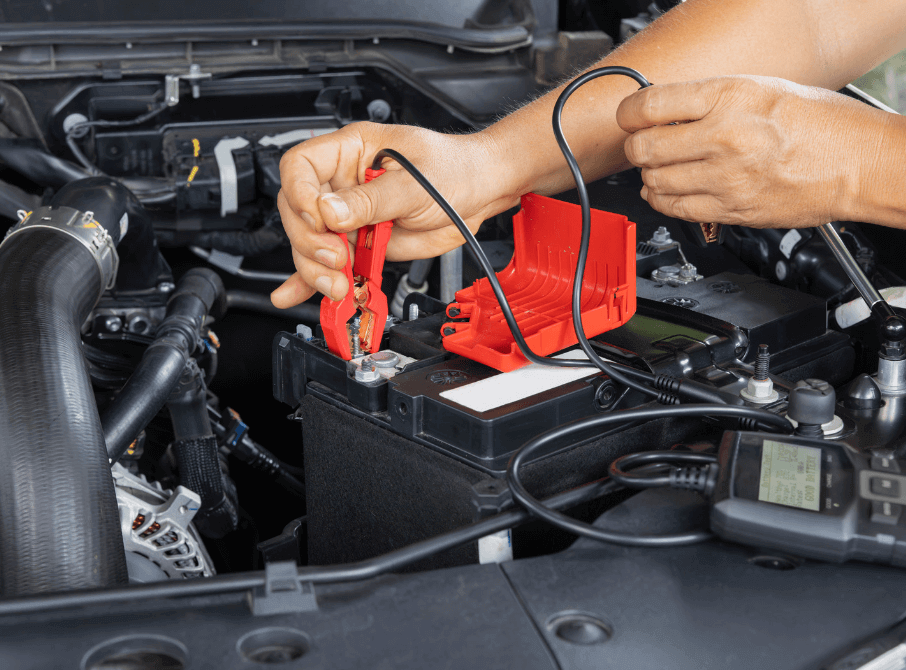
(LiFePO4) batteries are becoming increasingly popular for a variety of applications including solar power systems, RVs, marine uses, and electric vehicles. Moreover, a key aspect of using LiFePO4 batteries is their voltage range and how this relates to the battery’s state of charge (SOC).
Today we’re going to explain a simple guide to the 12V LiFePO4 battery voltage chart, how it works, why it’s important, and everything you need to know about battery performance and health.
What is a 12V LiFePO4 battery?
A 12V LiFePO4 battery usually consists of four individual cells connected in series. Each cell has a nominal voltage of 3.2V, and together they produce a nominal voltage of 12.8V, which is close to the 12V standard required by many systems.
The key characteristic of LiFePO4 batteries is their flat discharge curve, which means they maintain a constant voltage over a large part of their discharge cycle. This feature is important because it allows devices to run at optimal performance levels for longer periods of time than other battery types.

Why does voltage matter?
Voltage is one of the most important indicators of a battery’s state of charge (SOC). For LiFePO4 batteries, voltage monitoring is essential to ensure the battery is not overcharged or overdischarged.
Overcharging or deep discharging can damage the battery and shorten its life. By referring to a voltage chart, you can accurately estimate how much power is left in the battery, preventing both undercharging and overcharging situations.
12V LiFePO4 voltage chart
To understand how voltage corresponds to state of charge (SOC) for a 12V LiFePO4 battery, let’s first look at a simple voltage chart:
| State of Charge (SOC) | Voltage (Resting) |
|---|---|
| 100% | 13.6V – 14.4V |
| 90% | 13.4V |
| 80% | 13.3V |
| 70% | 13.2V |
| 60% | 13.1V |
| 50% | 13.0V |
| 40% | 12.9V |
| 30% | 12.8V |
| 20% | 12.7V |
| 10% | 12.5V |
| 0% | 12.0V – 11.5V |
Now try to understand the LiFePO4 voltage chart easily
This chart provides voltage levels at rest (no load or charging) at various states of charge (SOC). It is essential to use resting voltage as measuring voltage during load or charging events can give inaccurate readings.
100% SOC – Full Charge (13.6V – 14.4V)
When a 12V LiFePO4 battery is fully charged, its voltage is between 13.6V and 14.4V. Charging LiFePO4 batteries at 14.4V ensures full charge, although many users prefer to charge at 14.2V to prolong battery life. Once the charger is disconnected, the resting voltage usually settles between 13.6V and 13.8V.
90% SOC (13.4V)
At 90% charge, the battery voltage is usually around 13.4V. At this point the battery still has significant energy reserves, producing an ideal voltage for everyday use without the need for immediate recharging.
80% SOC (13.3V)
At 80% SOC, the voltage drops slightly to around 13.3V. At this level, most users will still have plenty of runtime left in their batteries, especially on devices or systems with low power consumption.
50% SOC (13.0V)
A voltage of about 13.0V indicates that the battery is about half discharged. LiFePO4 batteries can operate comfortably in this range without any damage or degradation of their cells, but it’s a good idea to plan to recharge if you reach this level.
20% SOC (12.7V)
At 12.7V, the battery is close to 20% SOC, which is considered low charge for a LiFePO4 battery. You should start recharging at this stage to avoid further depletion. Although LiFePO4 batteries can withstand low voltages, it is recommended not to allow them to drop below this level frequently to extend battery life.
0% SOC – Fully Discharged (12.0V – 11.5V)
When the battery voltage drops below 12.0V, it is close to being completely discharged. It is important to avoid discharge below 11.5V, as this can damage cells and shorten battery life. LiFePO4 batteries usually have a built-in battery management system (BMS) that prevents over-discharge, but being aware of voltage levels ensures long-lasting performance.
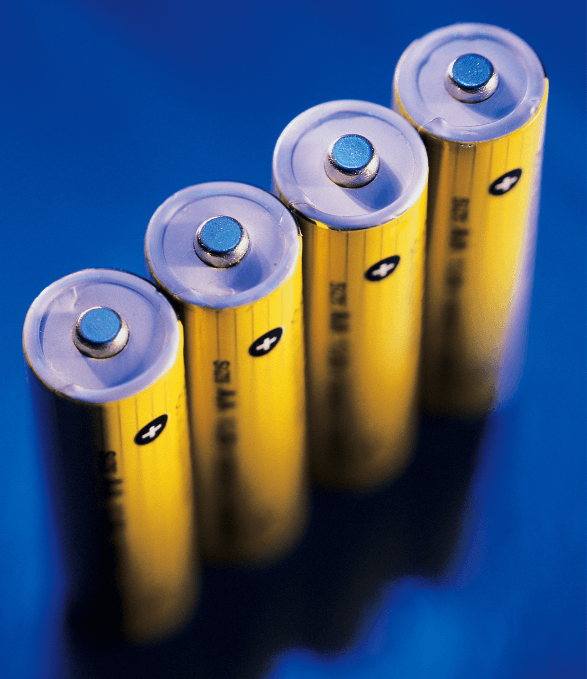
Several factors affect the voltage reading
Load on battery: When a battery is under load (powering devices), the voltage may drop temporarily, giving a lower reading than the actual SOC. It is recommended to measure the resting voltage of the battery after use by letting it sit for about 15-30 minutes
Temperature: LiFePO4 batteries perform best at room temperature. Cooler temperatures can cause the voltage to drop even if the SOC is high. Conversely, hot temperatures can artificially inflate voltage readings. Always try to measure voltage at moderate temperature to get the most accurate reading.
State of Health (SOH): Over time, all batteries degrade and LiFePO4 batteries are no exception. State of health (SOH) refers to how much capacity the battery retains compared to its original capacity. A battery with a low SOH may have a slightly different voltage reading than a new battery.
Balancing: While charging, ensure that the battery cells are balanced. Unbalanced cells can give misleading voltage readings, with some cells overcharged and others undercharged. Using a charger with balancing capability will help maintain a proper SOC and extend battery life
Importance of monitoring voltage
LiFePO4 batteries have many advantages over lead-acid batteries, but they require diligent monitoring of voltage levels. Now learn why voltage monitoring is important for these batteries
Prevent overcharging
Overcharging can cause irreversible damage to LiFePO4 cells. When charging your battery, it is essential to keep the voltage below 14.6V to prevent overcharging. Most chargers are designed with this limitation in mind, but users should still monitor the voltage while charging to ensure safe operation.
Prevent over-discharging
As discussed earlier, discharging a LiFePO4 battery too far can cause damage and shorten its life. Monitoring the voltage and recharging the battery when it gets close to 12.0V will help you avoid this situation.
Maximizing battery life
By regularly monitoring the voltage and keeping the battery between 20% and 90% SOC, you can significantly extend the life of a LiFePO4 battery. It is okay to charge to 100% once in a while, but it is better to avoid deep discharge or keep the battery at full charge consistently.
So understanding the 12V LiFePO4 battery voltage chart is very important for anyone using these batteries in their project or system Voltage is directly related to state of charge, and monitoring it ensures you avoid overcharging or over-discharging problems, both of which can damage your battery and shorten its life.
By following best practices and keeping your battery within its recommended voltage range, you can increase performance and longevity by ensuring a reliable power source for your device or system.




